Speakers
The Alchemy of Gold – The Golden Transformation of Victoria event was an inspiring and thought-provoking program designed to illuminate the Victorian goldfields rich gold history and its transformative impact on the state. The diverse lineup of speakers included local storytellers, researchers, and innovators, each bringing unique perspectives to the conversation.
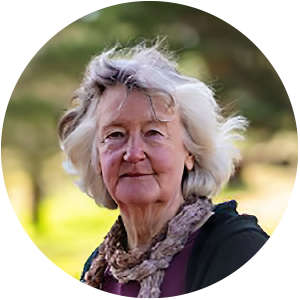
Marjorie Theobald
Marjorie Theobald (nee Madigan) is descended from several families who came to the gold rushes and stayed on in the district. The Madigans were pioneers in the Chewton and Golden Point districts. On her mother’s side the Sutherlands arrived on the diggings in 1852 and her great grandfather, Archibald Sutherland, was involved in mining all his life. She inherited a love of goldfields history from her father who was still sluicing for gold with his uncles, Bill Madigan and Harry Juniper, in the 1940s. She attended the University of Melbourne, graduating in Arts and Diploma of Education, and became a secondary teacher. She completed her Ph.D. at Monash University and joined the staff of the University of Melbourne in 1988 specialising in the history of education. In 2002 Marjorie and her husband John returned to Castlemaine where she shifted her focus to the history of the goldfields.

Rodney Carter
Rodney Carter is a proud Dja Dja Wurrung and Yorta Yorta man, and CEO of the Dja Dja Wurrung Group. The Group comprises the Dja Dja Wurrung Clans Aboriginal Corporation (trading as DJAARA) and its enterprises.
Rodney is also a member of the Federation of Victorian Traditional Owner Corporations Board. He has chaired project control groups for Victorian Traditional Owner strategies on: Cultural Burning, Game Management, and Native Foods and Botanicals.
He is an elected member of the Victorian First Peoples Assembly for Treaty and Co-Chair of its Elders’ Voice.
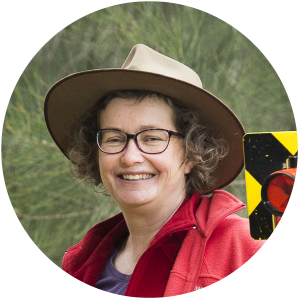
Susan Lawrence
Professor Susan Lawrence teaches archaeology at La Trobe University. Her expertise is in the archaeology of British colonialism, gender, urbanisation, and resource extraction. Susan is the author of over 90 peer-reviewed articles and chapters and seven books, many of them about the archaeology of the gold rush. Her monograph Sludge: Disaster on the Victorian Goldfields, co-authored with Peter Davies, was shortlisted for the 2020 Prime Minister’s Literary Awards. She has been a member of the Heritage Council of Victoria’s Archaeology Advisory Committee, is a past-president of the Australasian Society for Historical Archaeology, and is a Fellow of the Australian Academy of the Humanities and the Society of Antiquaries of London.
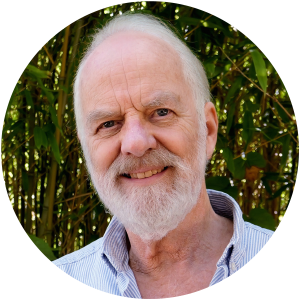
Clive Willman
Clive Willman is a geologist with a long career in the Geological Survey of Victoria and private industry. He has worked in several Victorian gold mines and has contributed to numerous local and international geoscience publications. Clive has extensive experience in the historical reconstruction of Victorian gold mines. He has produced a series of educational films for his YouTube channel ‘Geology Films’. In recognition of his ‘significant contribution of high calibre to Victorian geology’ he was awarded the Selwyn Medal in 2003 by the Geological Society of Australia (Victorian branch).

Kacey Sinclair
Kacey Sinclair is a historian and senior heritage advisor with a passion for uncovering untold stories of the past. Since moving to Castlemaine in 2014, she has made Chewton her home with her family. Currently pursuing a PhD at La Trobe University, Kacey’s research focuses on the life and legacies of Fanny Finch—a non-Indigenous woman of African heritage who, as a single mother, ran a business on the goldfields between 1851 and 1863. Finch was not only a pioneering figure in Adelaide and Castlemaine but is also recognized as one of the first European women to vote in a political election in Australia. Kacey’s PhD and heritage work explores the often-overlooked intersections of local history (people and land) with broader global narratives of
empire, shedding light on the individuals and places who helped shape Australia’s past.
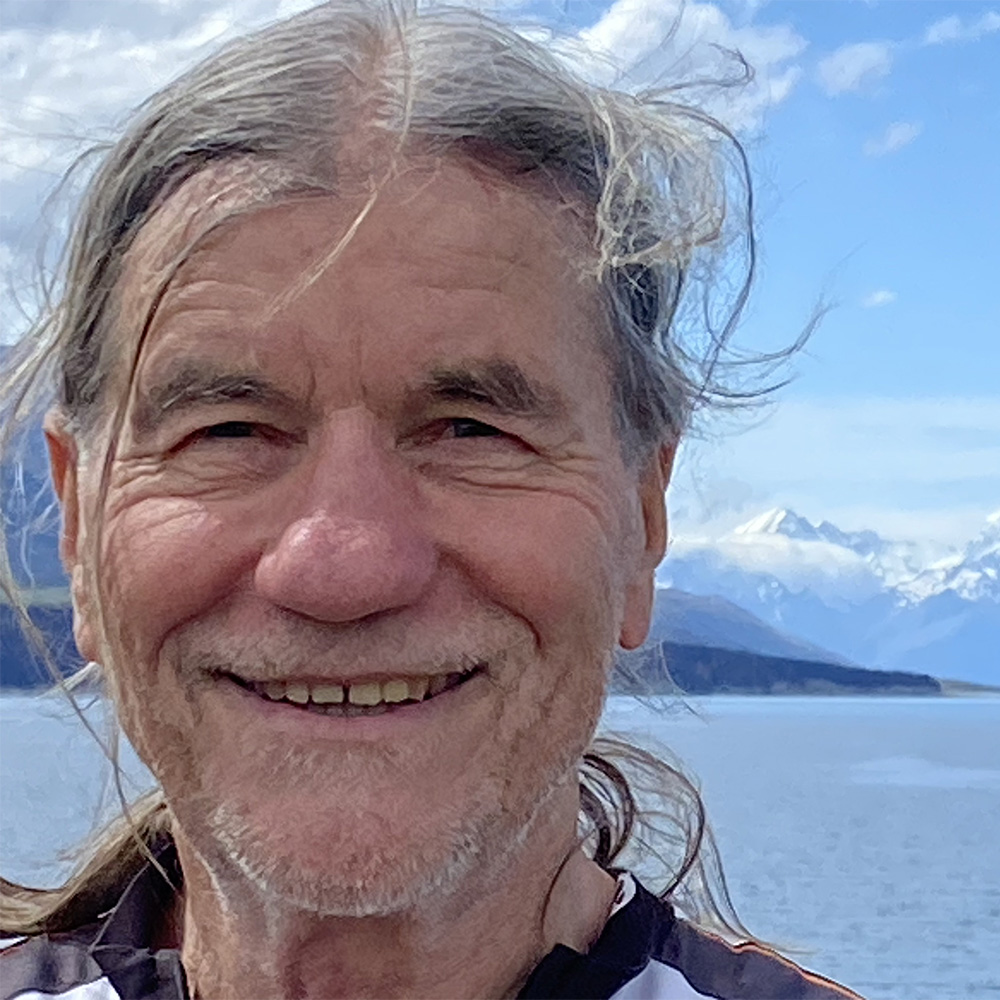
Barry Golding
Honorary Professor Barry Golding AM self-describes as a ground-up, community-oriented, polymathic, place-based story teller. Barry is widely published internationally in the field of adult and community learning. His most recent book is multidisciplinary, totally different and First Nations-focused: Six Peaks Speak: Unsettling legacies in southern Dja Dja Wurrung Country.
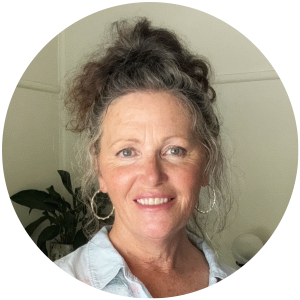
Debra Tranter
Retired nurse Debra Tranter was appointed to the Castlemaine Cemetery Trust in 2018 and 2 years later was elected the first female chairperson in the Cemetery’s 173-year history. Since Debra started managing the cemetery one of the main focuses has been improving and beautifying the grounds and finding the balance between opening new burial areas and nurturing the biodiversity and unique habitat for the native wildlife that live within the cemetery.
Debra also worked on securing a grant to ensure the conservation of the heritage listed building known as the Cemetery Lodge and for the last couple of years has been documenting the history of the cemetery. Debra’s ancestors joined the gold rush to Castlemaine in 1851 and decided to stay in the area building their homes and starting a family. Many of them are buried in the Castlemaine cemetery. Debra is passionate about not only preserving the historical aspects of the cemetery but also telling the stories of the people that are buried within the grounds.
www.castlemainecemetery.org.au
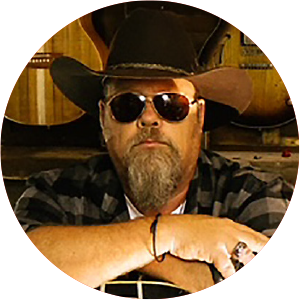
Tim Ireland
Tim Ireland is a skilled Australian folk and blues artist who brings the poetry of his ancestors, Tam Rattray and Isa, to life through music. Their late 19th-century works captured the struggles and triumphs of the Victorian goldfields, particularly Castlemaine, offering rich social commentary on its formative years. Their poetry preserves the voices of those who shaped the goldfields, documenting a pivotal time in Australia’s history.
With deep respect and a masterful touch, Tim transforms their verses into vibrant musical narratives. His soulful vocals and intricate fingerstyle guitar work infuse their words with new energy, ensuring their legacy resonates with modern audiences. His storytelling captures the raw emotion, rich imagery, and pioneering spirit of the gold rush era.
A highly regarded performer, Tim draws from blues, folk, and Appalachian traditions, weaving heartfelt melodies with evocative lyrics. His songwriting transports listeners, blending history with personal storytelling in a way that feels both timeless and deeply personal. His captivating performances offer an immersive journey through Australia’s musical and poetic heritage, keeping the voices of the goldfields alive for new generations. Tim will perform at Shedshaker on Friday 16 May, and will perform at The Alchemy of Gold.
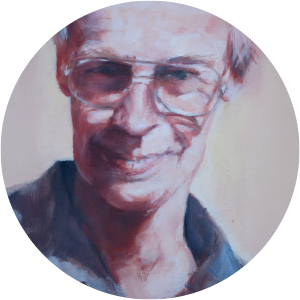
George Milford
George Milford is a fifth generation local, a native of Castlemaine and a life-long resident of Harcourt. A Fellow of CPA Australia, George occupied senior Finance roles at Thompsons Kelly & Lewis. In retirement George, among other roles, is Chairman of Harcourt Valley Heritage Centre, Trustee of Castlemaine Art Gallery & Historical Museum and Chair of the S R Stoneman Foundation. George’s interests include writing regular historical articles for ‘The Harcourt CORE’ and conducting monthly tours and talks. George is an active member of Mount Alexander Vintage Engine Club and a member of the Thompsons’ Interest Group of Maldon Vintage Machinery Museum. George has published The following books; A brief biography of Dr William Barker of the Mount Alexander Squatting Run; The Granite Homes of Harcourt & Faraday; From Devon to Devonshire Vale; The People’s Hero – the story of Henry Hayden BA and is working to update the history of Thompsons Foundry, Castlemaine.
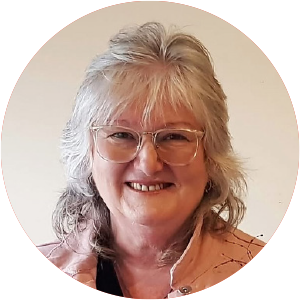
Julie Mac
Author Julie Mac lives on the central goldfields of Victoria, the perfect setting for her new book GOOLDRUSH, the story of Mac’s Gr-Gr-Gr-Grandmother, Sarah Davenport. Based on Sarah’s memoir, preserved in the State Library of Victoria, GOOLDRUSH is a scrapbook of Sarah’s adventures before, during and after the Victorian goldrush. Mac has a passion for forgotten social history and has published COOKED, a scrapbook on Victoria’s first serial killer Robert Francis Burns (Mac’s Gr-Gr-Grandfather) as well as three books on Melbourne’s mid-century forgotten teenage Sharpie sub-culture. www.juliemac.com.au
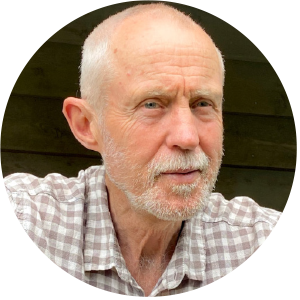
David Bannear
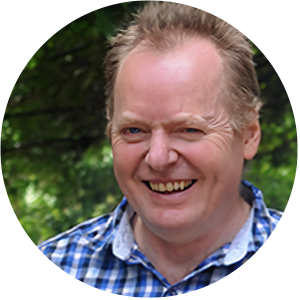
Fred Cahir
Professor (Dr) Fred Cahir is an award-winning teacher and prolific researcher in the field of Australian History. In the past decade over 10 of his books, journal articles and documentary films focusing on Australian Colonial Shared History have won national and international awards. He has a Chief Investigator role in an Australian Research Council Project ‘Dialogue with Difficult Objects: Mediating Controversy in Museums’, with Australian National University.
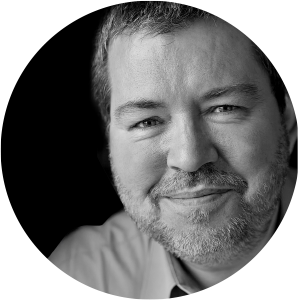
Mark Hillyer
Mark Hillyer worked as a project manager and business analyst for over 30 years. Since retiring, he has been working on a biographical dictionary of the Police Magistrates, Gold Commissioners/Wardens, and Chinese Protectors of Victoria, as well as investigating the structure and functioning of the Government administration of the Victorian gold fields. His work on this ongoing project can be seen at www.thegoldencolony.com. Mark also has Chinese ancestry, including two men from Amoy on the Victorian gold fields, one of whom was the headman of Little Bendigo Chinese camp near Ballarat in 1856. Mark is currently the Treasurer of the Chinese Australian Family Historians of Victoria Inc (CAFHOV).

Deborah Kemp
Deborah Kemp is a heritage consultant who has worked in North East Victoria and the Southern Riverina for more than 20 years. Her consultancy work includes: heritage advisor to local government, preparation of heritage studies and provides support to local communities with regard to the protection of their heritage places. Her most recent work includes the preparation of the nomination of the Beechworth Administrative Centre for National Heritage Listing. Her areas of special interest are early building technologies and farm based industrial buildings.
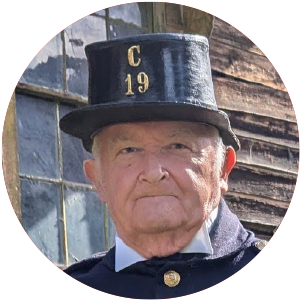
Stuart Duff
Stuart Duff was born in 1947 in the U.K. and migrated to Australia in 1951 when his father transferred to the Australian Army. Stuart was educated at Altona and at R.M.I.T. – qualifying as a wool classer and shearer. One of Stuart’s main historical
interests is the American Civil War – especially the connection with Melbourne. He also has a special interest in the police history of Victoria from 1836-1900. A much sought-after speaker on these topics, he believes in bringing history to life and learning from the lessons of the past. Stuart is active with many historical societies, including The American Civil War Roundtable of Australia, The Shenandoah’s Crew Australia and The Victoria Police Historical Society. He is a regular speaker in historical societies and is an advisor to Sovereign Hill and Porcupine Village.
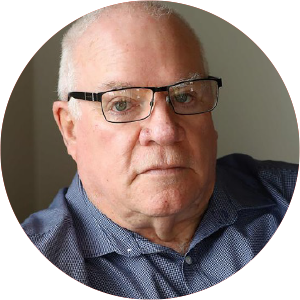
Bob Marmion
Bob Marmion has a lifelong interest in Australian military and police history, particularly from the colonial era to 1945. A former Victoria Police officer with 15 years’ service, he later earned a PhD in Victorian military history at the University of Melbourne. Bob co-ordinated the Victorian Defences Project 1803-1945, documenting Victoria’s military history. He has also written on the goldfields’ military and social history and is working on a biography of Colonel J.E.N. Bull. Based in Ocean Grove, Bob is active in heritage projects and veteran commemoration initiatives across Victoria.

Ken McKimmie
Originally from Kyneton, Ken McKimmie attended Kyneton High School before completing an Arts Degree and Diploma of Education at Monash University in 1966. Ken taught geography and history at different high schools around Victoria before settling in Castlemaine in 1977. He has published a series of 50 monthly ‘Then and Now’ articles in the Chewton Chat which were later assembled into a book titled ‘Chewton – Then and Now’ which won a Victorian Community History Award. He later co-authored a book with a similar theme in 2021 with Larina Strauch titled ‘Kyneton- From Past to Present.’
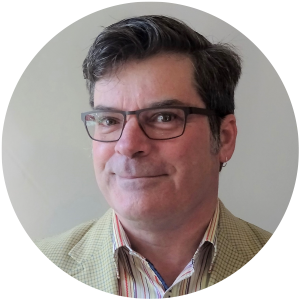
Dr Chris McAuliffe
Dr Chris McAuliffe is Emeritus Professor at the School of Art and Design, Australian National University. He served as head of the Centre for Art History and Art Theory and Sir William Dobell Professor at ANU. From 2000–2013 he was Director of the Ian Potter Museum of Art, the University of Melbourne. He taught art history at the University of Melbourne in the 1990s and was Gough Whitlam and Malcolm Fraser Visiting Professor of Australian Studies at Harvard University (2011–12). He is currently a research partner in the ARC Linkage Project ‘Difficult Objects: Mediating Controversy in Museums’ (ANU, Federation University, Eureka Centre, Art Gallery of Ballarat).
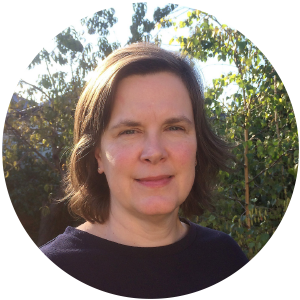
Katrina Place Dernelley

Trevor Budge AM
Trevor Budge AM is World Heritage Strategic Projects Officer at the City of Greater Bendigo where he works with Heritage Victoria and fourteen other Councils in pursuing World Heritage listing. Trevor has worked for state and regional bodies and local governments, conducted his own consulting business for 16 years, taught at RMIT University and was an Associate Professor at La Trobe University. He has held a number of Ministerial appointments including a Board member on the Victorian Catchment Management Council, the Victorian Planning Authority and is currently on the Board of Puffing Billy Railway. He is a Life Fellow of the Planning Institute of Australia and led their seven-year post tsunami project in Sri Lanka. In the 2010 Queens Birthday Honours he was awarded an AM – Member in the General Division in the Order of Australia, ‘for service to town planning, particularly the development of regional and rural communities in Victoria, and to education.’
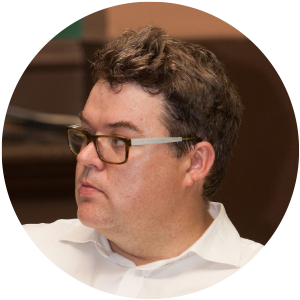
Keir Reeves
Professor Keir Reeves is a co-director of the Future Regions Research Centre at Federation University Australia where he is also a chair in history and heritage. Keir is from Castlemaine, was educated in Bendigo and currently lives just outside of Daylesford. His doctoral research project, undertaken at the University of Melbourne, explored the long-term legacies of the Chinese community in central Victoria during the second-half of the nineteenth century. His current research works at the intersections of heritage, cultural tourism, regional studies and history. Keir is a past member of the Public Records Advisory Council for PROV and also served two terms on the Heritage Council of Victoria. Keir’s publications include Deeper Leads New Approaches to Victorian Goldfields History (BHS Publishing, 2008). He also contributed to the Bruce Scates-led Anzac Journeys: Walking the battlefields of the Second World War (Cambridge University Press, 2013), that was shortlisted for the 2014 Australian Historical Association Ernest Scott Prize.
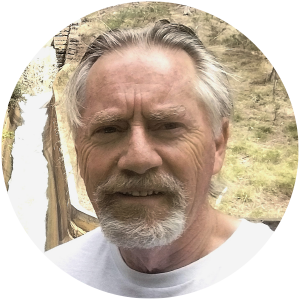
Stephen Charman
Stephen Charman is a keen bushwalker and naturalist with a love of local history, as well as having a long involvement in community radio. In recent years this deep interest in history has led him to write The Coliban Main Channel : A Walking Guide (2023), a personalised exploration of the channel from Malmsbury Reservoir to Crusoe Reservoir, Bendigo. He also maintains a bushwalking/history website, Field Rambling in Central Victoria, in which he ferrets out interesting local historical stories that he feels deserve to be more widely known. Stephen lives within a short stroll of the Coliban Main Channel, not far from the ‘18 mile post’, the point where the Main Channel diverges from the now decommissioned Harcourt and Expedition Pass Reservoir Channels.

Max Kay
Max Kay is a fifth generation resident of Yapeen. His family have farmed in the Yapeen and Guildford area since the 1840s. After completing undergraduate studies in accounting and economics and postgraduate studies in agricultural economics. Max pursued a career in banking, working in Perth, Sydney and Melbourne. Max and his family permanently relocated to Yapeen in 1987 where until his retirement in 2001, Max worked in agribusiness and commercial lending in Bendigo and Ballarat. He then ran a beef cattle farm in Yapeen until 2021 and now leases his farm to a neighbour. Max is proud of his family’s long association with the district; his fifteen-year old grandson represents the seventh generation to live in Yapeen. Max has had a passionate interest in the history of Yapeen.
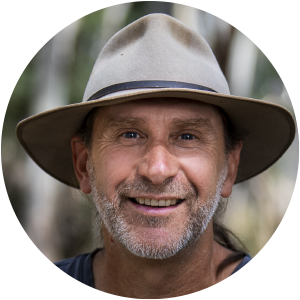
Paul Foreman
Paul Foreman is a highly regarded and skilled landscape ecologist, field botanist and researcher with over 35 years experience in natural resource management, holistic landscape ecology and restoration, and biodiversity conservation across a range of sectors throughout Victoria and Australia. Paul recently completed his PhD in Historical Ecology at La Trobe University and runs his own freelance environmental consulting business (Blue Devil Consulting) here in Castlemaine. He has a passion for understanding the ecological dimensions of Goldfields history and has long championed science-based landscape restoration and biodiversity conservation across the region, especially in his roles with Biolinks Alliance and as Vice Chair of Landcare Victoria Inc.

Catherine Jenkins
Catherine Jenkins is a historian and published author with extensive experience in teaching and writing. Her oral histories have been published in print and broadcast on local radio. Catherine specialises in maritime and inland shipping histories. In 2016-2017 she identified 300 historically-known shipwrecks for the NSW Rivers Project and in 2017, she researched and fact-checked the content for the Australian National Maritime Museum’s exhibition, Submerged – Stories of Australia’s Shipwrecks. From 2017-2019, she led the historical research team and wrote the history for Sovereign Hill’s sound and light show, AURA. Recently Catherine has been completing her PhD on nineteenth century industrial and shipping industries of the Murray River. She works in heritage, and lives in a ‘renovator’s delight’ in the beautiful Victorian central goldfields with a small, bossy grey cat.
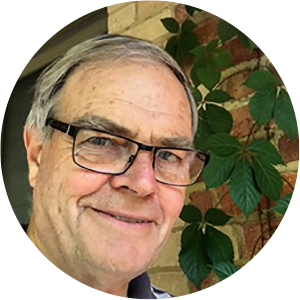
Justin Shortal
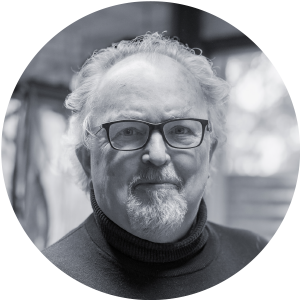
Geoff Hocking
Growing up on the Bendigo goldfields, in the shadow of Lansell’s Fortuna in Chum Street Golden Square, the stories of the days of gold have always been integral to Geoff Hocking’s family history.
Geoff has written extensively on the Australian Gold Rush and its impact on the communities that developed as a result. His published works include: GOLD — A Pictorial History of The Australian Gold Rush; Eureka Stockade; The Rebel Chorus; Castlemaine — From Camp to City; Sandhurst — From Genesis to Federation; and more recently collaborated with Bendigo author Lauren Mitchell on a book for children titled Go Bendy Go, The Boy Who Liked to Box.
His latest book, a collection drawings of remnant buildings left after the rush had subsided on the Forest Creek Diggings (Castlemaine), titled In Brick, Stone & Wood — A Portfolio, celebrates the legacy of the mass-migration to central Victoria in the 1850s and beyond.
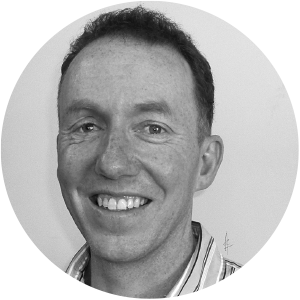
Anthony Hemingway
Anthony Hemingway is an Architectural Historian and Senior Associate at RBA Architects + Conservation Consultants, where he has worked on a wide variety of sites from humble dwellings to major public buildings throughout Victoria, dating from the mid-Victorian period to the late 20th century.
He has extensive experience in assessing significance having led multiple heritage studies in addition to undertaking many conservation management plans (CMPs), where there is typically a need to find the balance of managing change in a sympathetic manner with maintaining the heritage values of the place.
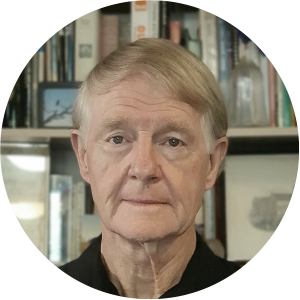
Doug McCann
Doug McCann is a retired science historian. He graduated as an industrial chemist at the Bendigo Institute of Technology and worked as a science teacher and later a librarian at the State Library of Victoria. He studied Environmental Science at Monash University and completed a PhD in the History and Philosophy of Science at the University of Melbourne. He has lectured in various subjects including Darwinism and the History of Technology. In 2000 he published a book on CSIRAC, Australia’s first computer, and in 2011 edited a book on the scientific achievements of the Burke and Wills expedition. He is currently working on aspects of the history of the Victorian goldfields.
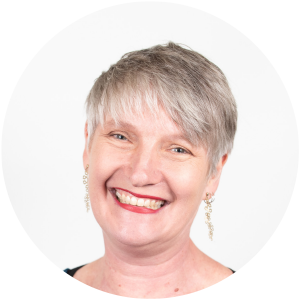
Sophie Couchman
Dr Sophie Couchman is a professional historian and curator with over 20 years’ experience working with Chinese Australian communities to tell their histories in diverse ways. She holds honorary positions at La Trobe University and Museums Victoria and has been President of the Professional Historians Association (Victoria & Tasmania) since August 2023. Her most recent project, the ‘Chinese Australian Whispers’ podcast, can be found on her website and podcasting apps.
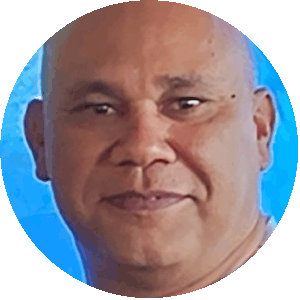
Gordon Ross
Descendant from Kannju (Central Cape Yorke), Juru/Yuru (Bowen) and Erub Island (Darnley Island Group Torres Strait)
Gordon was born and raised in Juru country, North Queensland and his current role with Geographic Names Victoria is to engage with Registered Aboriginal Parties and Traditional Owners in relation to Geographic Place Naming and protecting First People’s culture and language through Place Naming. Gordon’s primary focus is to raise awareness about the Importance of Traditional Owner language and place naming.
Previously, Gordon was with the Commonwealth public service in from 2015-2020 with the Department of Social Services.
During this period he performed roles in the following areas, Indigenous Health, Disability Mental Health and Carers, Families and Communities, Financial Wellbeing, Redress, Try Test and Learn and Emergency Relief. All these programs were focused on supporting or improving the wellbeing of First People’s.
Gordon was employed in the mining sector for over a decade before joining the public service.
He is highly passionate and involved in the wider Victorian Indigenous community through the Long Walk and the Collingwood Football Club. He has mentored children with the Collingwood Knights, an organisation for disengaged youths in the First People Community. He also volunteers for the Elders luncheon held at the Aboriginal Advancement league every year in December.
Gordon has strong connections to the community and country and uses his knowledge and connections to educate and build relationships in the First People’s community. He aims to generate better outcomes for both the First People’s community and the Department.
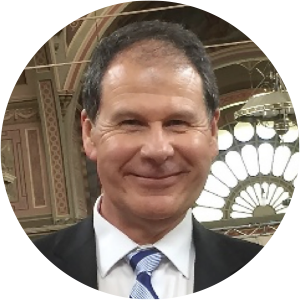
Eddie Cichocki
Eddie Cichocki has worked in SGV for the past 35 years which has included stints as a geodetic surveyor and senior licensed surveyor. In 2013, he was appointed the Manager of the Cadastral Infrastructure and Standards section at SGV. He leads an enthusiastic and dedicated team of surveyors who deliver survey services to government departments and agencies for major projects and land transactions and also support the Surveyor-General to maintain and monitor the standard of cadastral surveys in Victoria through the survey audit program. Eddie has recently been appointed as the Deputy Surveyor-General and is looking forward to contributing more broadly across the surveying industry and Land Use Victoria. One area will be in the lodgement of digital cadastral survey data as part of Land Use Victoria’s digital cadastre initiatives where Eddie is particularly focused on the maintenance of cadastral survey standards. In the national collaborative forum of the Intergovernmental Committee on Surveying and Mapping, Eddie is Victoria’s delegate to the Cadastre Working Group. He has been involved in projects to create a standard for the accuracy of cadastral data and the development of a 3-dimensional Cadastral Survey Data Model (3D CSDM). This project is entering its second phase and will be delivering a data transfer format and protocol for the sharing of survey data into the future.
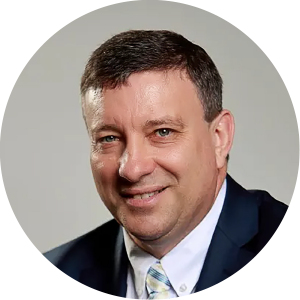
Craig Sandy
Craig Sandy is the Surveyor-General of Victoria, and Chair of the Surveyors Registration Board of Victoria. He is the primary government authority on surveying and the cadastre. The Surveyor-General fulfils a range of statutory roles and responsibilities dealing with land and property boundaries. Craig is also a member of the following Commissions and Committees: Registrar of Geographic Names, Victorian Electoral Boundaries Commission, Federal Redistribution Committee for Victoria, Intergovernmental Committee on Surveying and Mapping, Council of Reciprocating Surveyors Board of Australia and New Zealand. He has a focus on engaging with the surveying profession to develop strategies for meeting the challenges that the current digital environment is creating. In 2020, he was awarded the Asia Pacific Spatial Excellence Award for Spatial Professional of the Year for 2019 for his work in modernisation of the cadastre and in raising awareness for mental health issues in our profession. Craig is the former Surveyor-General for the Northern Territory of Australia, the only person to have held this title in more than one Australian jurisdiction.

Kelly Ann Blake
Kelly Ann Blake is a Proud Wadawurrung woman living on Dja Dja Wurrung Country.
She is an honorary adjunct Research fellow at La Trobe University and holds a Masters degree in Professional Archaeology.
Kelly Ann has a passion for Truth Telling, which also includes acknowledging the stories of shared histories in the Goldfields. Kelly Ann is an active researcher in academia her research is focused on reawakening sleeping Cultural knowledges most significantly through her work with Darrwal/Kaal Kaal Murrup (Dingo Spirit).
Kelly Ann has lived in Fryerstown since 1983. She is no stranger to the Fryerstown Diggings and its whisperings of times long gone. Time came and time went, but the story of this place still ripples through the landscapes of ‘upside down’ Country- known as the Goldfields.
In her spare time Kelly Ann loves being at home in Fryerstown with her three children and fur babies. She enjoys watching Jimmy Cole’s sheep in their paddocks whilst remembering her younger years feeling grateful for childhood memories. Memories of running wild in wide open spaces, hearing only the sound of her own voice…in a place where there once were thousands!
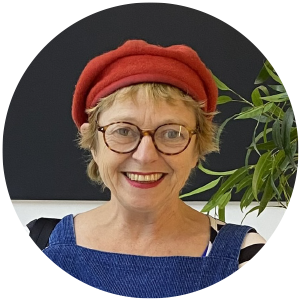
Eliza Tree
Eliza is a multidisciplinary artist, environmentalist and historian, who has been living and working in Castlemaine for 25 years.
In 2010 she followed Major Mitchells 4,000 km 1836 expedition through south-eastern Australia, which lead her to a new understanding of the fifteen years of pastoral invasion and land degradation, leading up to the Gold rushes: The ‘fastest landgrab’ in history – dispossessing Traditional Owners, exposing the gold, and then providing abundant supplies of fresh meat for the exploding populations.
Eliza’s mission has been to deconstruct the meta-narratives of the colonial project and heroism, to understand and reveal the colonial invasion of Australia Felix – Victoria, before gold.
Having attended both Art School and University, Eliza has developed a unique style of Visual Narrative, to share her insights of travel through place and time.
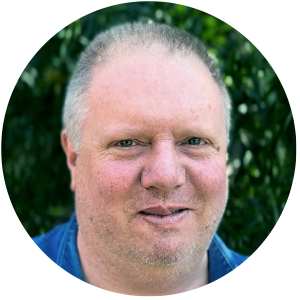
Derek Reid
Derek Reid is a historian with a passion for gold mining history and heritage of the central Victorian goldfields, along with early land surveying and tracing land ownership. Derek has spent most of his life living between Maldon and Newstead, with involvement with the historic societies of both towns. He is currently working within the archives and records management area of local government while undertaking a PhD. Derek also undertakes historical research as a consultant on a wide range of topics related to the goldfields region of Victoria.
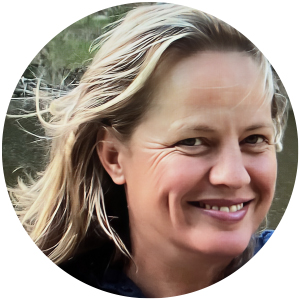
Giselle Harris
Giselle Harris was born in Castlemaine where her family has resided since the late nineteenth century. She is an archaeologist, historian and heritage planner with 20 years of experience working in Indigenous and built heritage throughout the Northern Territory, Western Australia and in Victoria. Her particular interest relates to holistic, multi-layered and inclusive notions of heritage. Currently based in Central Victoria, Giselle practises as a private heritage consultant specialising in appropriate interventions to heritage places. Most recently she has acquired a penchant for driving vintage trams in Bendigo.
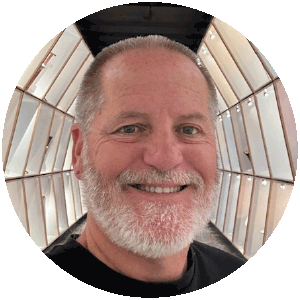
Stephen Oxley
Stephen Oxley moved to the Central Victorian Goldfield in 2021 after spending 30 years in Canberra where he worked in politics and then senior public service roles. He was a senior executive in the Federal Environment Department for 15 years. He has been a leader in marine conservation, world and national heritage and sustainable natural resources management (among other things). He was head of Australia’s delegation to the World Heritage Committee during Australia’s last term on the Committee. He is a Special Adviser to the Victorian Goldfields World Heritage bid and is on the Committee of Management of Connecting Country (Mount Alexander Region) Inc. Early in his career he worked as a journalist and editor.

Charles Fahey
Retired from La Trobe University, Charles Fahey dabbles in researching the Victorian goldfields, rural Victoria and the Melbourne labour market. He has returned to writing on the Sunshine Harvester Works which combines his interest in both rural and urban history. He is a joint author of Mallee Country, Land, People, History (Monash University Publishing 2020).
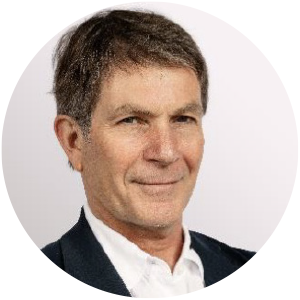
Roger Beeston
Roger is a Registered Architect and Associate of the Australian Institute of Architects (AIA). In this capacity he has served as a Jury Chair Member for the AIA Awards.
Roger is also a long-standing member of The Society of Architectural Historians of Australia and New Zealand, The National Trust of Australia and Australia ICOMOS. He has served for several years on the Cultural Heritage Academic Advisory Board at Deakin University, Geelong, where he has previously been a guest lecturer and the Australian Centre for Architectural History, Urban and Cultural Heritage at the University of Melbourne.
Throughout his career, Roger has actively engaged in both the contemporary building and heritage management fields. In doing so, he has acquired expertise in traditional and contemporary building technologies, developing authentic and sustainable remedial conservation interventions. This expertise has been central to establishing his expertise and reputation in the conservation of stone facades, for which his detailed and attentive work has earned his practice the AIA John George Knight Award for Heritage Architecture at multiple places, including at the State heritage listed Maryborough Railway Station and South Melbourne Town Hall.
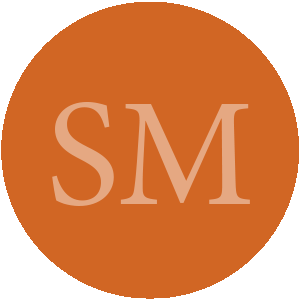
Shannen Mennen
Shannen Mennen is a proud Wadawurrung woman, and currently works as the Aboriginal Community and Industry Partnership Broker at Federation University. She holds a Bachelor of Education and Arts, has a wealth of experience working within Education, Tourism and Community Engagement.
Shannen spends much of her free time deepening her knowledge, connecting with Country, and exploring ways to educate others on the rich heritage and culture of Wadawurrung people. Her work and personal passions revolve around building a more inclusive future for all who live on Wadawurrung Country.

Clayton Tremlett
Clayton Tremlett, born in 1964, is an Australian printmaker, painter, and educator based in Castlemaine, Victoria. His work delves deeply into Australian history, often reinterpreting its narratives through extensive research. Renowned for his linocut portraiture, Tremlett also employs etching and serigraphy to produce editioned prints, wallpapers, artist’s books and installations.
His dedication to re-examining historical narratives and pushing the boundaries of printmaking techniques has cemented his reputation as a significant contemporary Australian artist. Beyond his artistic practice, Tremlett contributes to the arts community as an arts educator, facilitating workshops in a range of art processes.
Tremlett’s works are held in esteemed collections, including the National Gallery of Australia, Art Gallery of Ballarat, Bendigo Art Gallery, Geelong Gallery, Mornington Peninsula Regional Gallery, Castlemaine Art Museum and the State Library of Victoria.